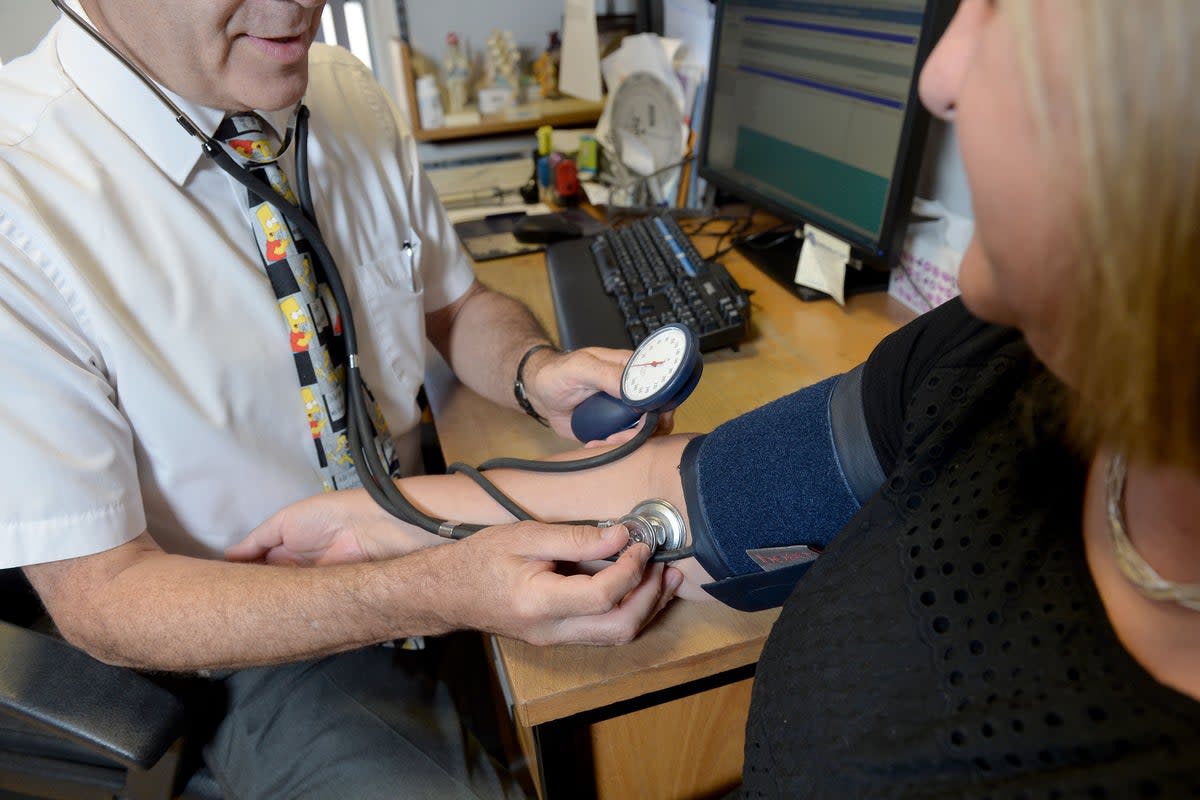Early heart disease deaths in Barking and Dagenham double those of richest areas

People living in Barking and Dagenham are more than twice as likely to die before the age of 75 from heart disease than people in the wealthiest parts of England, a study has revealed.
The British Heart Foundation (BHF) looked at the gap in early heart and circulatory disease rates between the most deprived and least deprived communities in England.
They found that Barking and Dagenham had a death rate of 124 per 100,000 people compared to a rate of 50 per 100,000 in the wealthiest areas – one of the largest gaps in the country.
Hackney was also found to be among the top ten areas with the worst death rate in England, at 100 per 100,000 people.
Since 2019, the increase in early heart and circulatory disease death rates in England's poorest areas has been more than 2.5 times bigger than the least deprived areas, which include rural areas and small towns such as Wokingham, Surrey Heath and Waverley.
Men living in the most deprived parts of England saw the biggest rise in premature death rates from heart diseases in 2022, compared to 2019. Their rate has risen to 153 per 100,000 people up from 129 per 100,000 in 2019.
The charity has urged the government to take action by prioritising investment in NHS heart care and helping to fund cardiovascular research to unlock new treatments.
Dr Charmaine Griffiths, Chief Executive at the BHF, said: “It is shameful in this day and age that someone can be at much greater risk of dying young from cardiovascular disease just because of where they live and how much money they have.
“We’re in the grip of a historic heart crisis. Without urgent action, the heart health gap between the richest and poorest will continue to grow even wider. More people will lose loved ones to heart disease through no fault of their own."
Dr Sonya Babu-Narayan, Associate Medical Director at the BHF, said: “People living in the poorest areas face poverty, pollution, fewer healthy, accessible and affordable food choices, as well as poorer working and living conditions. Meanwhile, people from the wealthiest areas tend to have better outcomes and better access to healthy lifestyles.
“The gap in heart health between rich and poor is now widening at an alarming rate, and it’s happening at a time when the NHS is already struggling to tackle an enormous backlog of time-critical heart care. Urgent intervention is long overdue to prevent heart disease happening in the first place and to make heart care better, faster and fairer for everyone.”

 Yahoo News
Yahoo News 
